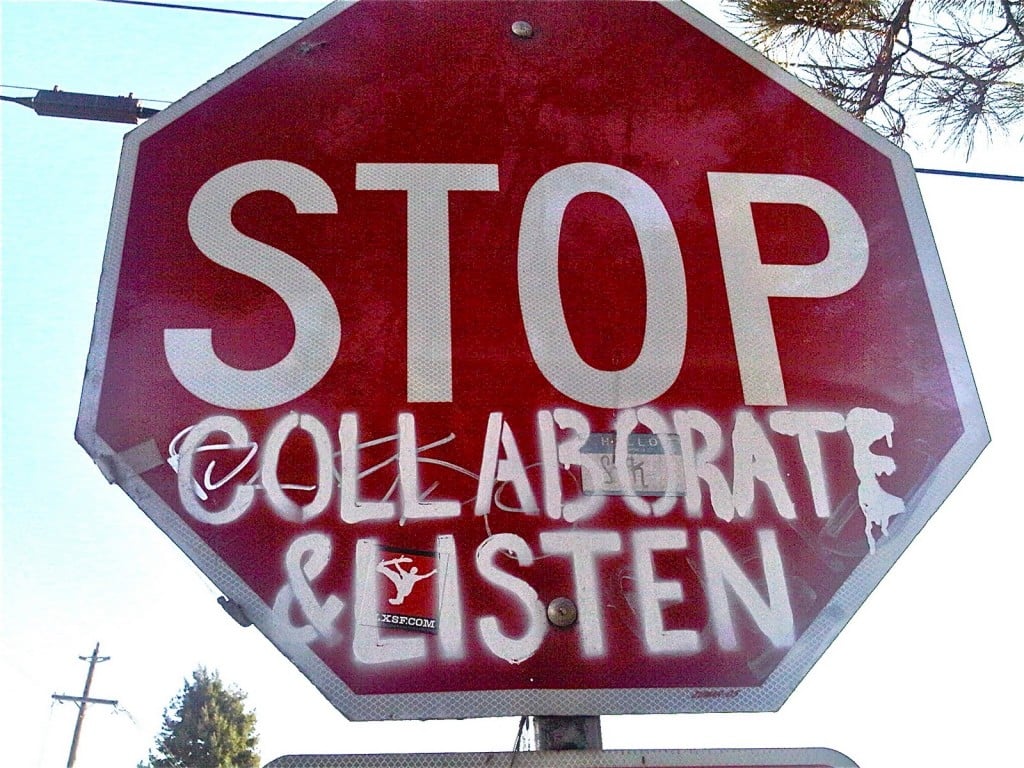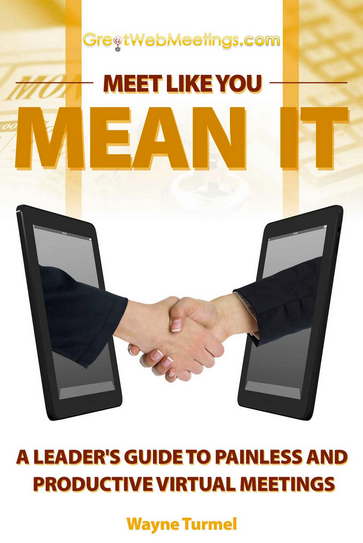Defining Collaborative Meetings

We develop software designed to improve collaborative meetings, and the people we reach out to are those who often hold collaborative meetings.
When we talk about collaborative meetings, it sometimes sounds like we’re just flipping our verbs and adjectives about.
So let’s take a moment and get clear on what we mean when we say collaborative meetings, and why the definition matters.
First, the basics:
- Collaboration: People working together towards a common goal.
- Meeting: Real-time discussion between people
Therefore, a collaborative meeting is a real-time discussion between people working together towards a common goal.
Collaborative meetings require people to do some work in advance of the meeting, so they can understand the goal and how they’ll contribute. Then, these meetings help groups coordinate how they’ll work together afterwards to accomplish that goal.
Related: How to Assemble Great Virtual Teams for Remote Work
EXAMPLES OF COLLABORATIVE MEETINGS:
- Project kick-offs, status meetings, sign-offs, and post-mortems
- Discovery / requirements gathering meetings
- Working committee meetings
- Board meetings
- Brainstorming sessions
- Emergency response coordination
- Strategy sessions
- Negotiation and mediation sessions
In these meetings, the people gathered together hope to walk out with a shared sense of purpose or accomplishment. At the end of the meeting, they know information they didn’t have before and what they need to work on next. They know what to expect from one another, and will meet again to verify progress.
Ideally when their time as a team concludes, those who hold collaborative meetings have jointly created something they can show, such as a completed project, a list of new ideas, an action plan, or a new legal agreement.
In collaborative meetings, every participant can and should contribute.
Related: Who Does What in a Collaborative Meeting: Defining Meeting Roles
COUNTER EXAMPLES
For contrast, these are NOT collaborative meetings:
- Training sessions
- All-company updates
- Lectures, panels and webinars
- Most sales meetings
In these meetings, the people gathered don’t share a common goal. One person or group broadcasts information to the others. While they may pause for questions, their main goal is to TELL the other people something. Those attending receive, mostly passively.
Hopefully the attendees are interested and engaged. Hopefully they’ll take what they learn and become more successful as a result, by making better informed decisions, mastering a skill, or buying that sales person’s truly revolutionary new system! When you are presenting at a meeting like this, you can only hope that you inspired your audience; there is no commitment for further action.
Unlike collaborative meetings, these meetings are dominated by one or two people who do all the talking. They do not result in new decisions or committed action plans. We call them “push” meetings.
“But wait!” you say. “Those push meetings sound just like my project meetings!”
Uh-oh.
Image: contactzilla.com



